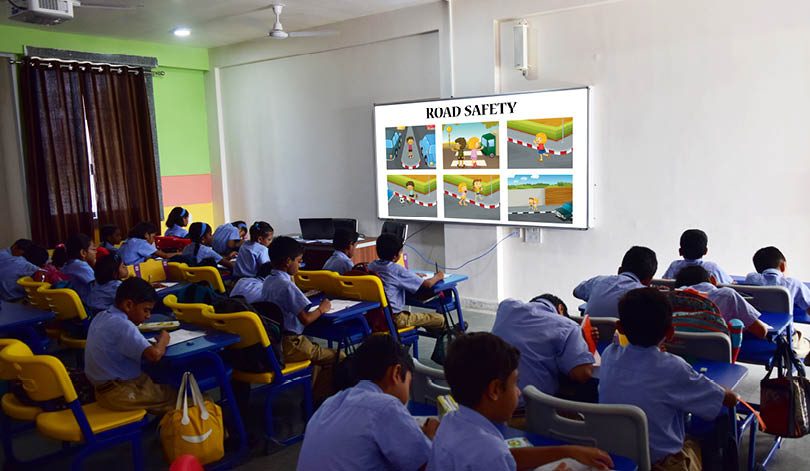In a world increasingly reliant on transportation, road safety is no longer a choice but a necessity. For junior school students, understanding road safety norms and regulations is vital, not just as pedestrians but also as future drivers. This blog aims to unravel the various facets of road safety education for youngsters, highlighting its critical role in shaping responsible citizens.
The Pedestrian Perspective: Basic Principles for Young Walkers
Before children set foot on a pedal, they are pedestrians. Primary road safety education starts with learning how to cross the street, understanding traffic signals, and being aware of one’s surroundings. Schools often employ interactive sessions, workshops, and field activities to imbue these principles. Teaching students how to be vigilant while walking near a roadway or crossing intersections can substantially mitigate the risks associated with pedestrian accidents.
Road Signs and Symbols: The Language of the Road
Just as alphabets form the basis of language, road signs and symbols are the fundamental building blocks of road safety. Junior school students must be familiarised with these icons, learning what each shape, colour, and symbol represents. Interactive classroom discussions and practical demonstrations make this learning experience more engaging and effective.
Two-Wheelers and Four-Wheelers: Understanding Vehicle Safety
Though junior school students are not yet eligible to drive, early exposure to vehicle safety guidelines lays the foundation for when they eventually do. Children can be taught the importance of seat belts, the concept of blind spots, and the principles of maintaining a safe distance between vehicles. Pre-emptive knowledge in this area also allows students to be more aware and responsible passengers.
Digital Resources: School with Digital Classrooms
Incorporating technology into road safety education can make the learning process dynamic and interactive. Schools with digital classrooms can use multimedia presentations, virtual simulations, and interactive quizzes to teach road safety rules effectively.
Sporting Awareness: Integrating Road Safety into Sports Education
When discussing road safety, the role of physical education should be considered. Sports activities like cycling or skating, often taught in schools, are excellent platforms to inculcate road safety measures. Schools may also employ role-playing exercises that simulate real-life road scenarios, fostering an environment where road safety is underscored.
VPLS School Seoni: Nayee Generation, Nayee Approach
The Podar Learn School in Seoni embraces a revolutionary approach to education with a keen focus on holistic development. Equipped with digital classrooms and a sports academy, the school aims to provide a comprehensive learning experience for its students. A unique aspect of our curriculum includes life skills training, ensuring that our students are prepared for the challenges they’ll face in the future, including road safety. The Podar Learn School is committed to nurturing well-rounded individuals capable of meaningful contributions to society, making it a premier school in Seoni.
In conclusion, road safety education is indispensable to a child’s upbringing. It plays a crucial role in moulding responsible, aware, and conscientious individuals equipped to navigate modern roads’ complexities. Schools, especially those as comprehensive as the Podar Learn School in Seoni, have a significant role in this vital education.

